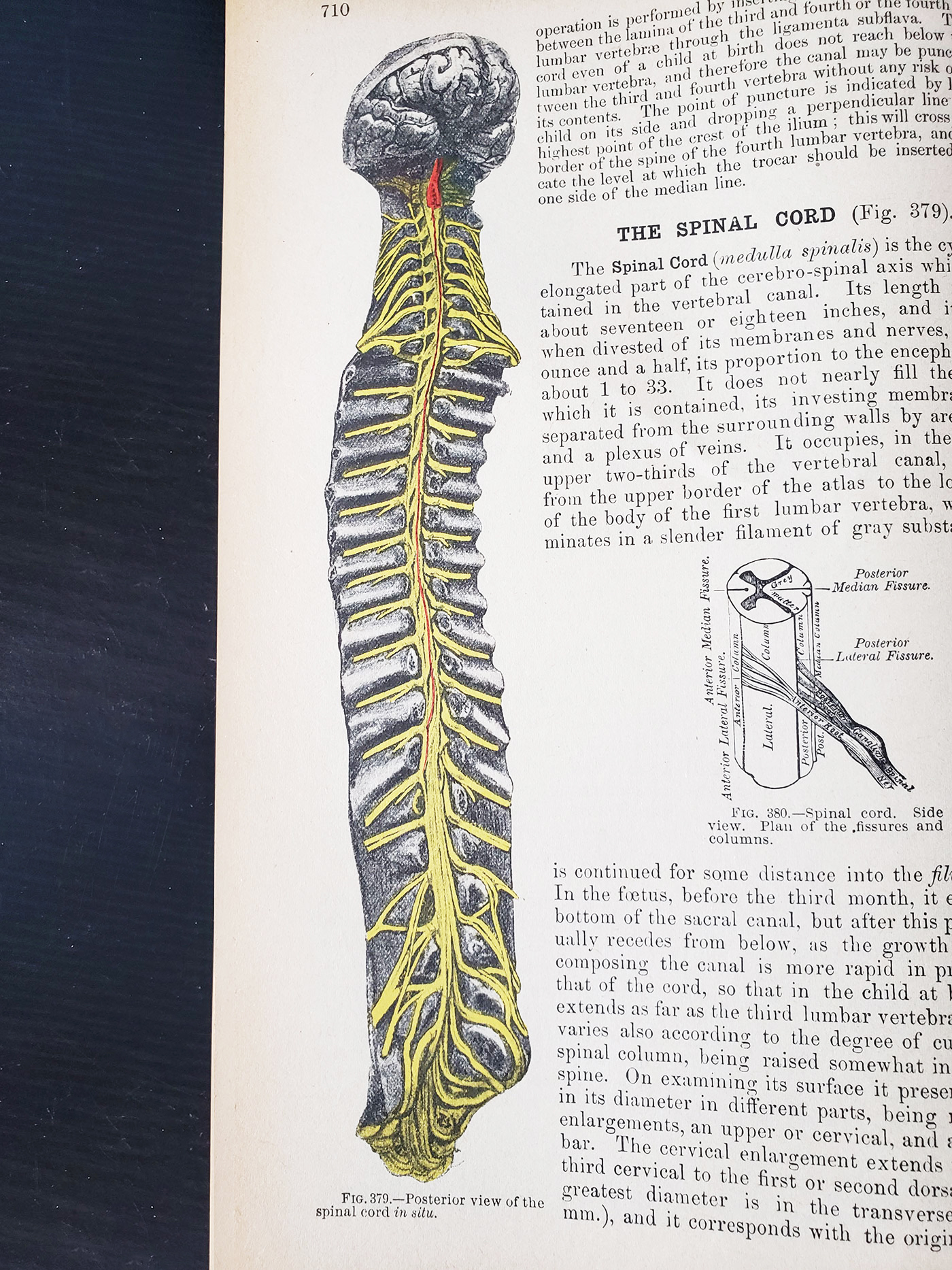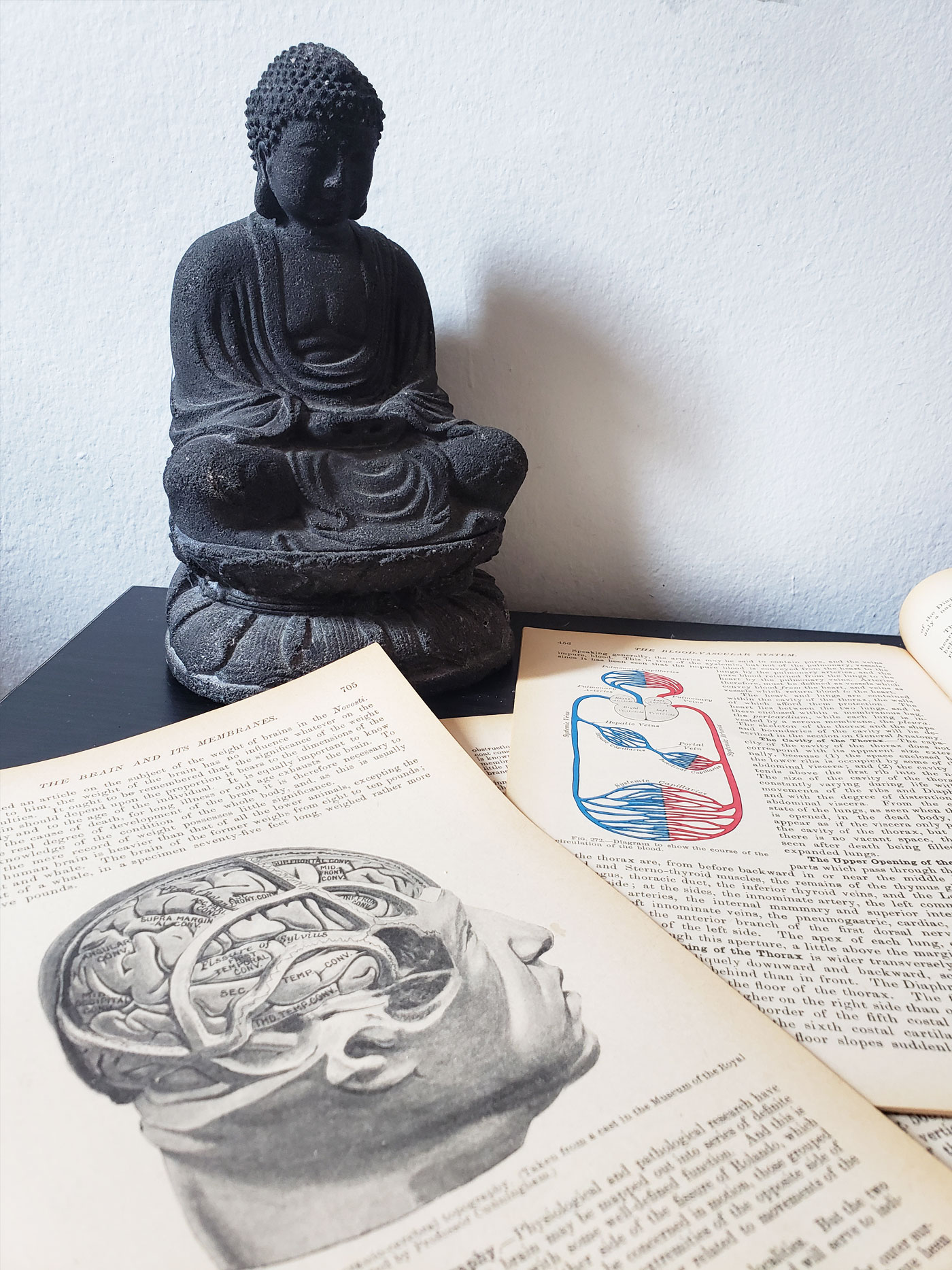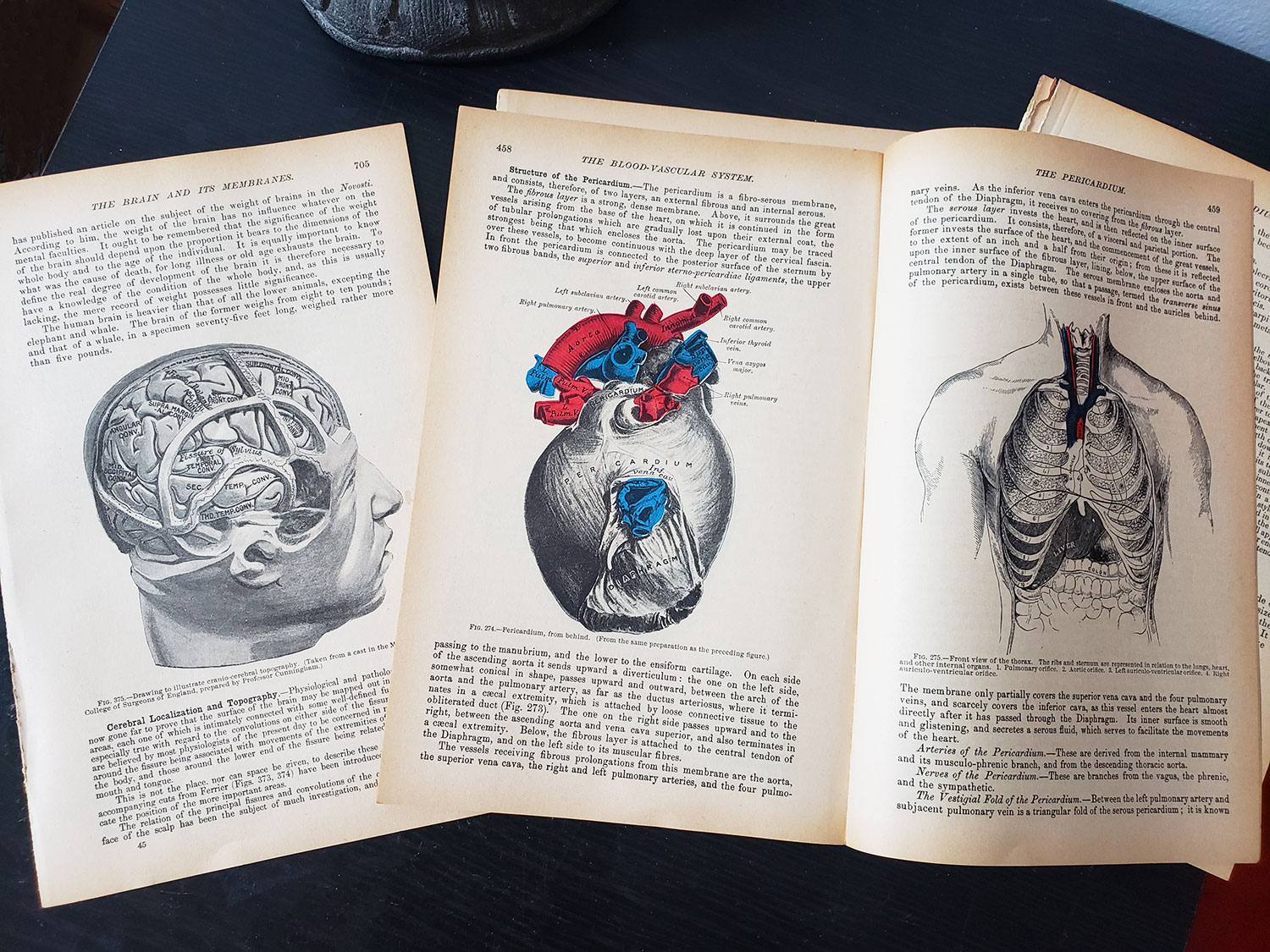I was watching one of my favorite shows the other day, Star Trek: Voyager, episode Message in a Bottle, when Ensign Kim mentioned Gray’s Anatomy. Full transparency, I had only known Gray’s Anatomy to be associated with that of the very successful TV series by Shonda Rhymes. So when I heard those words on a ’98 tv show, my ears perked and I had to, of course, google it. And man was I blown away. It’s not that I had never seen any anatomy books before. I have. I’ve even been to the Bodies exhibition when it was showing in NYC. So I was not in new territory. But something about hearing Ensign Kim uttering those words, and seeing those illustrations in the book made me think about the things we see and don’t see. As well as its effect on our interactions.
 Imagine never knowing the intricate makeup of our anatomy and then seeing those illustrations for the first time ever. What does that do to the brain and your understanding of who you are and the reality you live in? What does that do to the imagination? We live in a privileged time when science, medicine and technology are able to explore all aspects of what is known in the quantum and the grand universe. And yet those things are only possible because of curiosity and generational imaginations that led to the many questions we asked ourselves and continue to ask to this day. Those questions led to possibilities that led to explorations that led to beautiful illustrations of one of the grandest designs.
Imagine never knowing the intricate makeup of our anatomy and then seeing those illustrations for the first time ever. What does that do to the brain and your understanding of who you are and the reality you live in? What does that do to the imagination? We live in a privileged time when science, medicine and technology are able to explore all aspects of what is known in the quantum and the grand universe. And yet those things are only possible because of curiosity and generational imaginations that led to the many questions we asked ourselves and continue to ask to this day. Those questions led to possibilities that led to explorations that led to beautiful illustrations of one of the grandest designs.
For UI/UX designers, this is what is confronted with every project. What are the proper questions one must ask that will create a design that is fluid, accessible, and intuitive? We lead with our imagination, curious of the output, and allow the data to inform us on how to move forward. It is truly about understanding how we interact with our world. Why does one image create more engagement than another? How does one question lead to better features of a product? Why does one particular product placement generate a better conversion rate? The primary goal for UI/UX designers is to not only produce creative and disruptive designs, but to see the significance of the HUMAN design and our interactions and always ask the question WHY?
 The amazing illustrations in Gray’s Anatomy was a landmark that sparked many discoveries and innovations in medicine AND in design. It all began with asking why. As a creative, you will only improve upon your skills and case studies when you start with that in mind. And in the realm of Tuvok from Star Trek: Voyager…that is only logical.
The amazing illustrations in Gray’s Anatomy was a landmark that sparked many discoveries and innovations in medicine AND in design. It all began with asking why. As a creative, you will only improve upon your skills and case studies when you start with that in mind. And in the realm of Tuvok from Star Trek: Voyager…that is only logical.

Comments